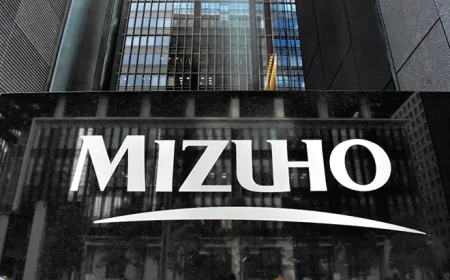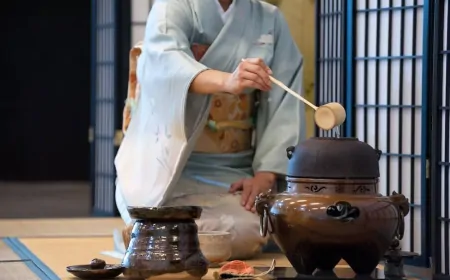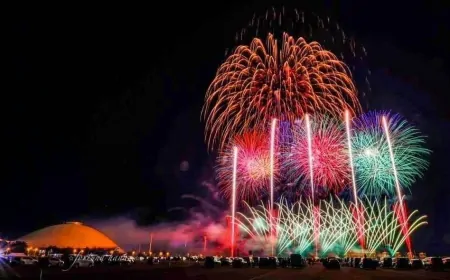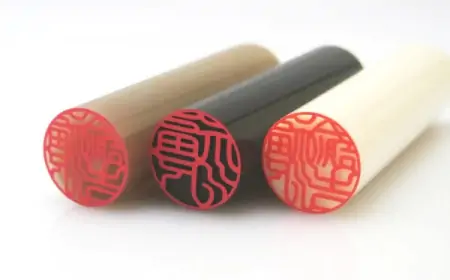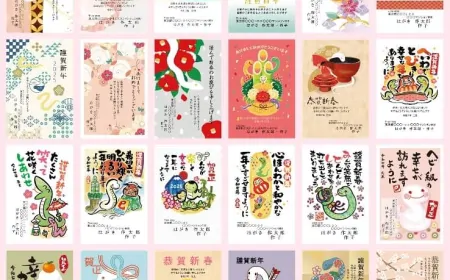Ojigi bowing ritual
The Japanese greet each other, often with a bow called Ojigi (お辞儀). Just like Westerners shake hands to greet each other, the Japanese bow respectfully.

The ancients believed that stretching out your neck to the other side showed that you were not the enemy. This is probably the most plausible theory that led the Japanese to begin the ritual of bowing to each other.
In addition to expressing thanks or apologizing, ojigi also means respect for the person being greeted. There will be times when you see a person greeting another person too many times or bowing too low, that is to show all their respect for the other person, the lower is the more respectful.
However, once, Ojigi needs to be done with the correct posture and different angles in each different situation. If you think that just ending your head will be a complete Ojigi, you are not right!
Here are three basic greetings that need to be understood in order to properly Ojigi:
会釈(Eshaku):Slight bowing posture, only about 15 degrees. This degree is used when you are passing customers or superiors, instead of greetings “Goodmorning”, or “See you tomorrow”
敬礼(Keirei):This pose is mostly used in business, with a level of about 30 degrees. This level is often seen in situations of visiting customers, acquiring new customers or greeting new people for the first time.
最敬礼(Saikeirei):This is the deepest bow, about 45 degrees. You probably won't get many opportunities to say hello like this on a normal day-to-day basis. Usually this degree is used for core applications or in serious cases. It would be embarrassing if you kept saying hello to everyone.
土下座 (Dogeza): This form of Ojigi is recognized by the pose when one places oneself completely on the ground, even touching the ground. In fact, Dogeza is used to show respect or ask for forgiveness. Now you can only see this image in historical dramas.
The Japanese even greet each other over the phone, especially to their superiors. Some foreigners will find this image strange, but you will definitely see this image of "bowing over the phone" often if you come to Japan. At the same time as bowing, men will greet with their arms on either side of them, while women will greet with their hands about below the navel and hands above their hands.
It is also important to note that, when you greet, it is important to keep your back and neck straight. However, it will be awkward if you just bring your head to the other side without stooping from the back.
--------------------------
Injavi.com - Visit in Japan
Related Products








